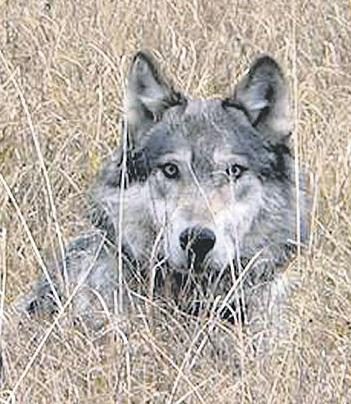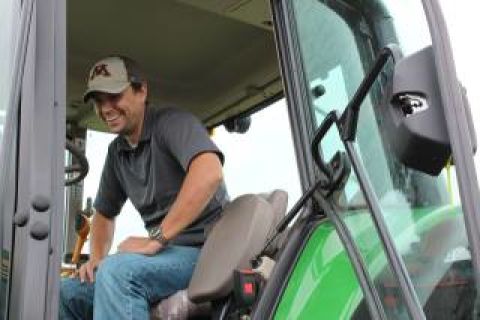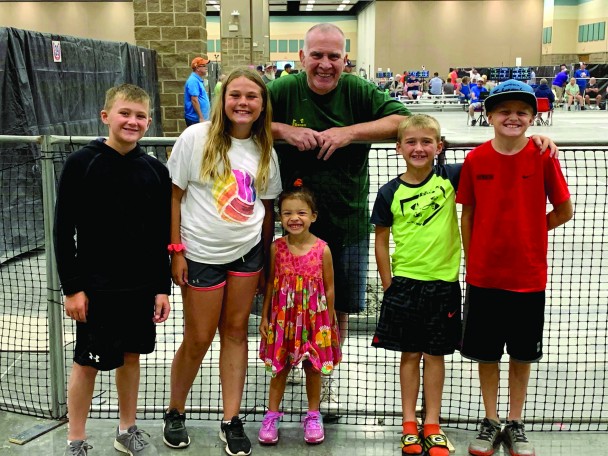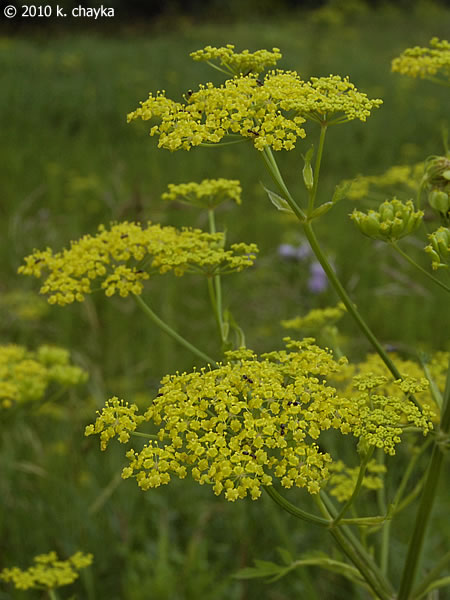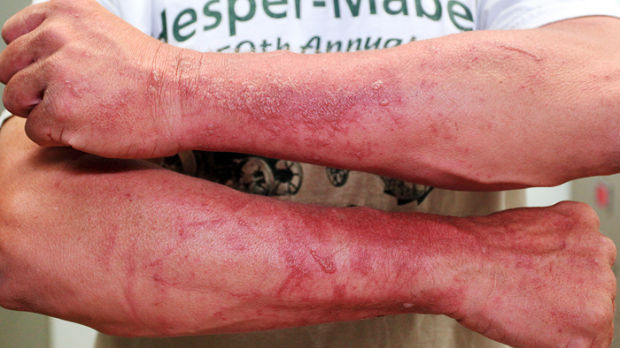
Canine Officer Lieutenant Trace Erickson of the Houston County Sheriff’s Department recently took first place in a national police canine competition earlier this month. The National Field Trials and Certification event is put on by the United States Police Canine Association and takes place in Florida. Erickson said it’s a chance to compete with the “best-of-the-best” canine officers from across the country.
“You have to qualify with a high-enough score at a regional competition to be invited to the national contest,” Erickson said. “We qualified with a high-enough score and got to go up against the best canine officers from across the country. We went down representing a small law enforcement agency and won the whole thing.”
One reason police departments from all over the country send canine officers to these contests is for national certification, something that’s very important to their canine programs.
“It shows that our dogs are under control,” he said. “They’re fully functioning, above board, and they meet high standards. The U.S. Police Canine Association sets the highest standards in police certification because it’s been around 49 years and is accepted in all courts as the highest certification.”
The dogs are put through five different tests in these competitions. “There’s obedience, which dogs are scored on,” he said. “Then there’s agility, which is the dog’s ability to move around and over obstacles.
“There’s also scent work,” Erickson said. “That includes a suspect search, as well as an article search, in which someone holds two articles for 45 seconds, throws them into a 30-foot by 30-foot pad, and the dogs have to go retrieve them in a timed event.
“There’s also an apprehension part of the test,” he added. “The dog has to show proficiency, in that as a decoy takes off running, the dog doesn’t move until it’s told to. There’s a recall part of the test, in that the dog takes off after a decoy and is then called back after about 18 yards. It shows that canines are the only use of force police have that we can call back. Once you fire a gun or taser, that’s it.
“After that is the actual apprehension test, where the decoy is chased and bitten (while wearing protective padding),” Erickson said. “When the handler tells the dog to let go, the canine has to immediately let go.”
The last part of the apprehension testing takes place under gunfire. Erickson said that shows the stability of the dog in a loud environment. “While blanks are fired in the background, the dog is sent after the decoy, releases at the handler’s command, and the decoy is searched,” he described. “During the search, the suspect ‘assaults’ the handler, the dog engages again, and then has to let go immediately when told to.”
There are 700 total points available in the competitions. Erickson and his canine “Roman” scored an amazing 692.8 to win the contest.
As a veteran canine officer, he spends a lot of his time training with the dogs he’s had over the years. It takes a lot of time to make sure the dog is 100 percent competent in the job, noting that “obedience and control” are the biggest keys to a successful canine. “We do something every day to keep Roman sharp,” he said.
“I didn’t start out intending to be a canine officer,” Erickson recalled. “That came a few years later. I’ve worked with several dogs for the Houston County Sherriff’s Office. We’ve received several awards for street work and certification. We’ve been very fortunate in Houston County in terms of the canines we’ve had over the years.”
Roman is a 3.5-year-old Dutch Shepherd and the fourth police canine that Erickson has worked with during his career. “This dog has been on the street a little over a year, and to win a national title like that is unbelievable,” he said. “He also does drug detection, and we use him to search vehicles and execute search warrants at different locations in the county.
“He can also do things like tracking, including searching for missing children,” Erickson added. “He can also help us track suspects and find lost hunters. Of course, he’ll also do protection work if someone attacked me. He can help us clear buildings. If someone breaks into a building, he can go in and search the building, keeping officers out of harm’s way.”
The Houston County Sheriff’s Office Canine Program received both regional and national certification with the team’s wins. “We do these contests because we want people to know our canine program is proficient and above board,” he said. “We also won a national championship trophy too.”




